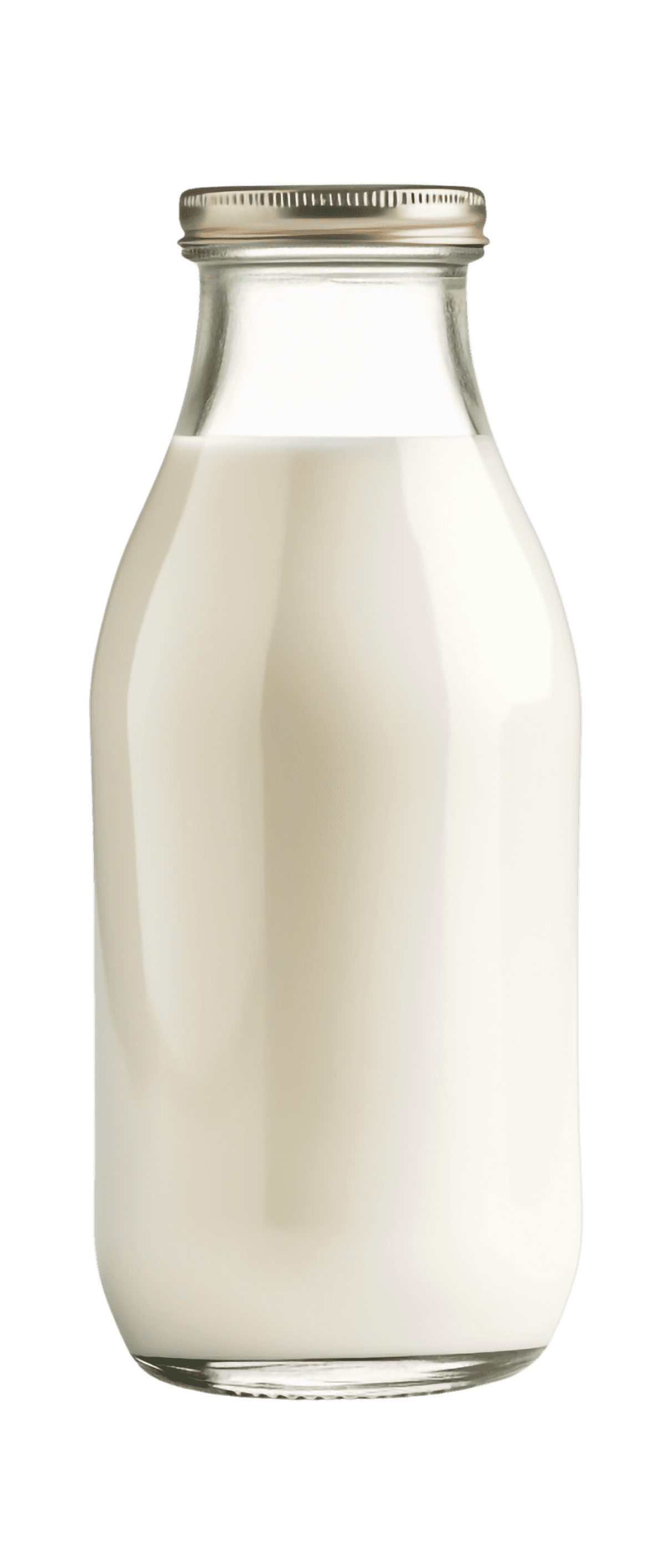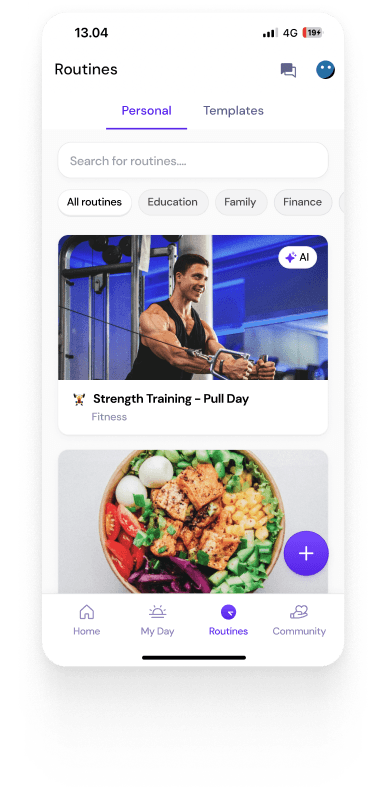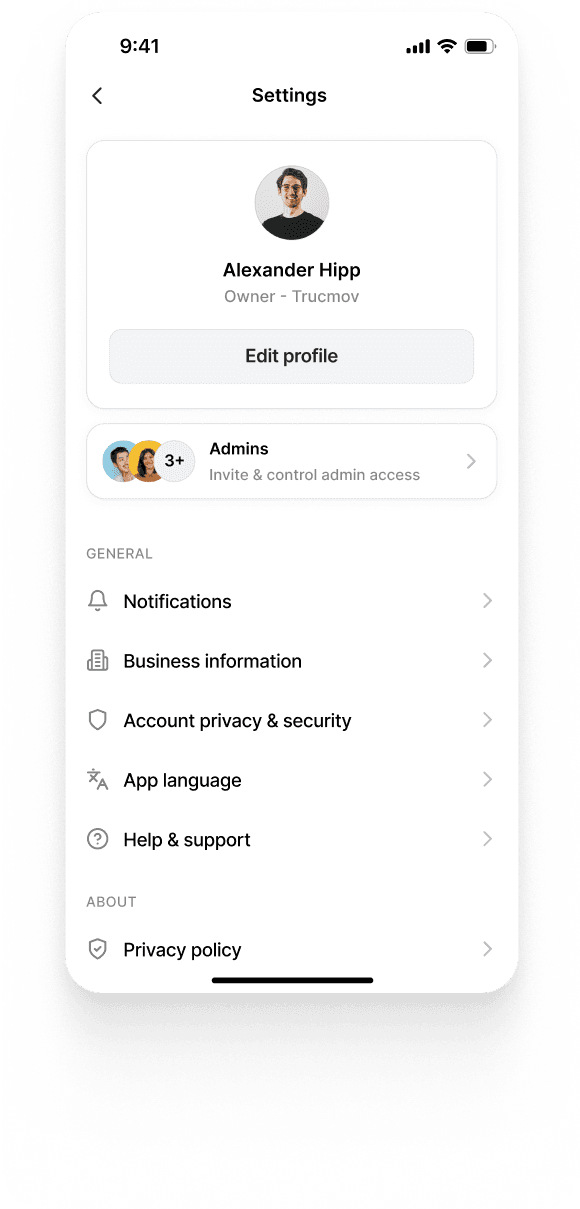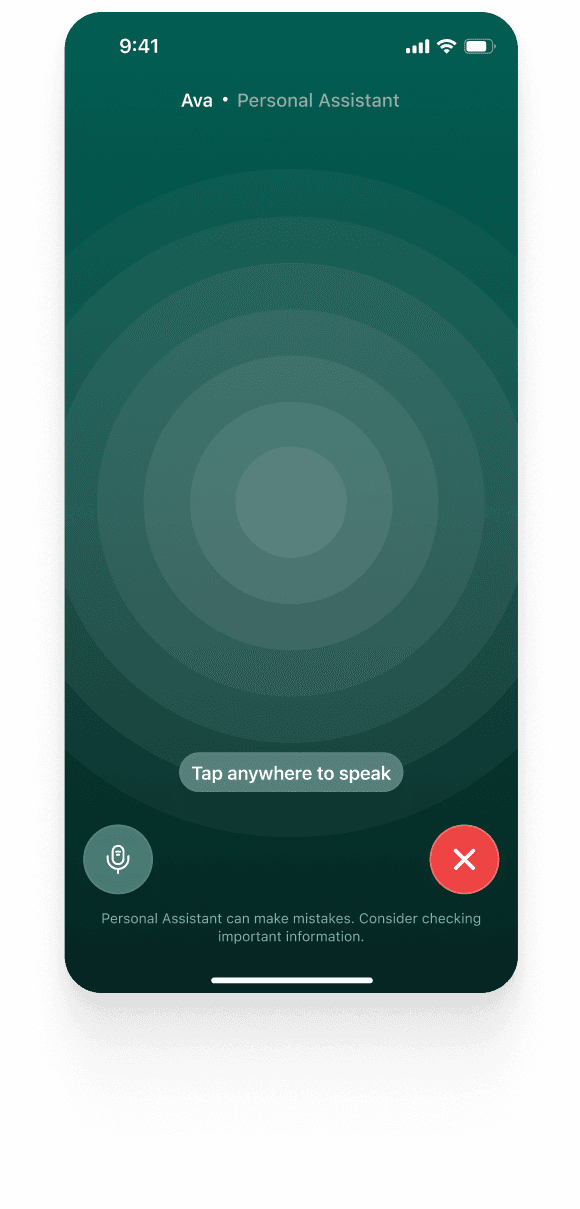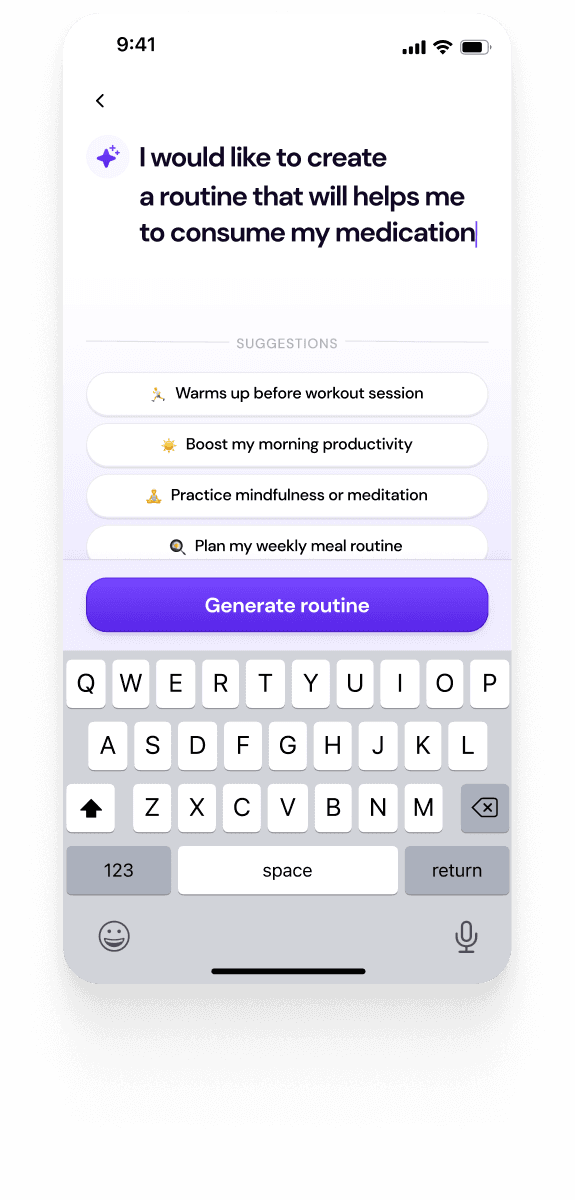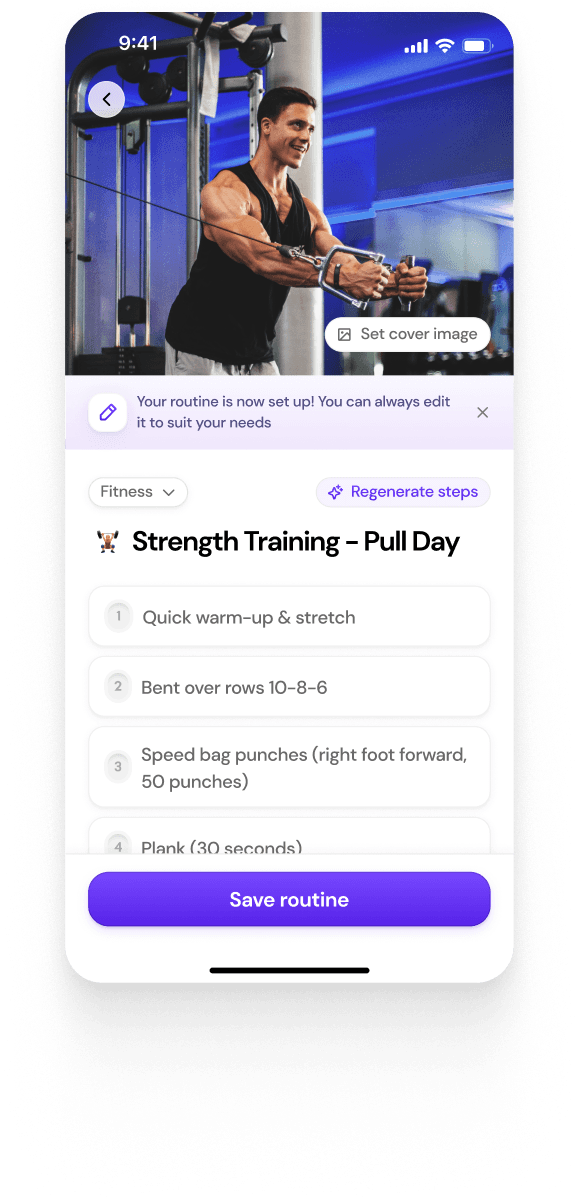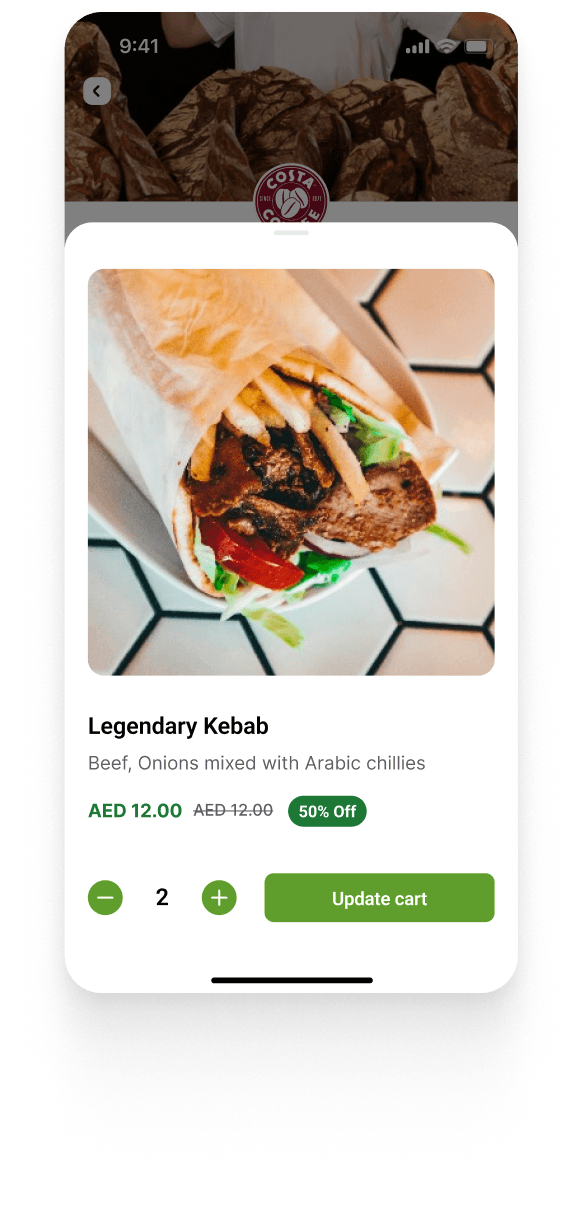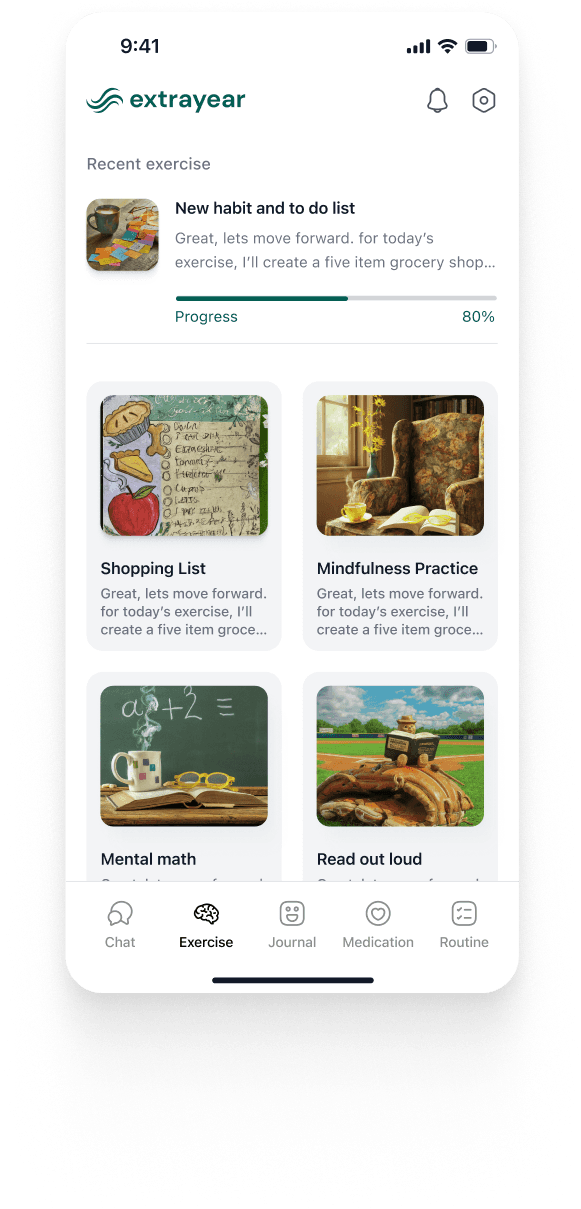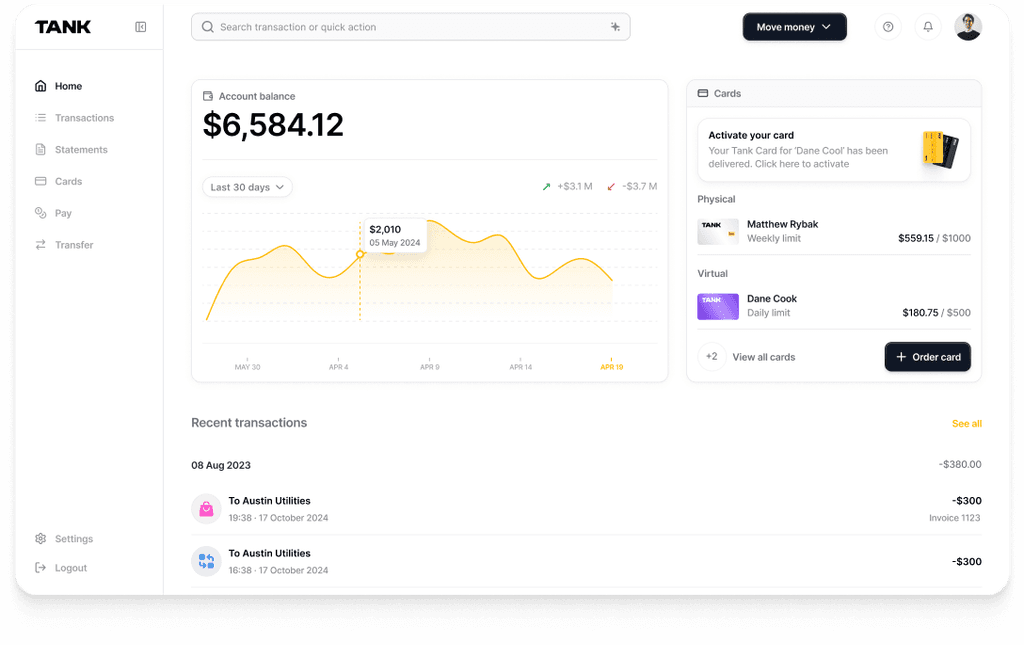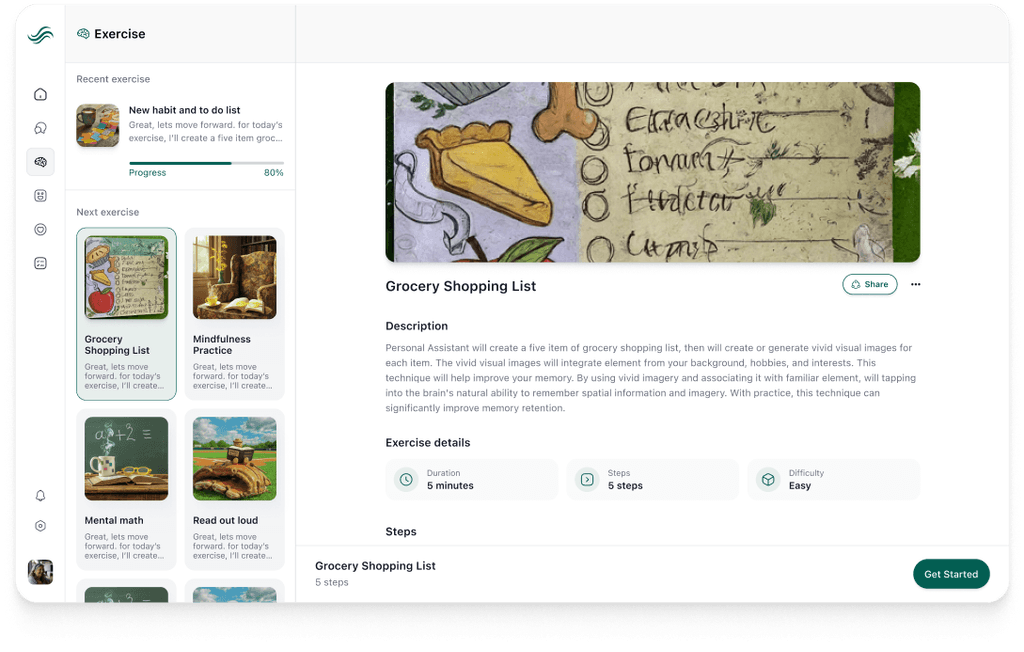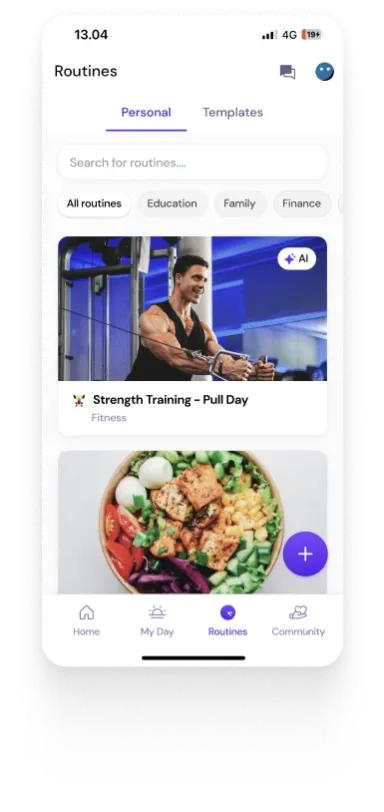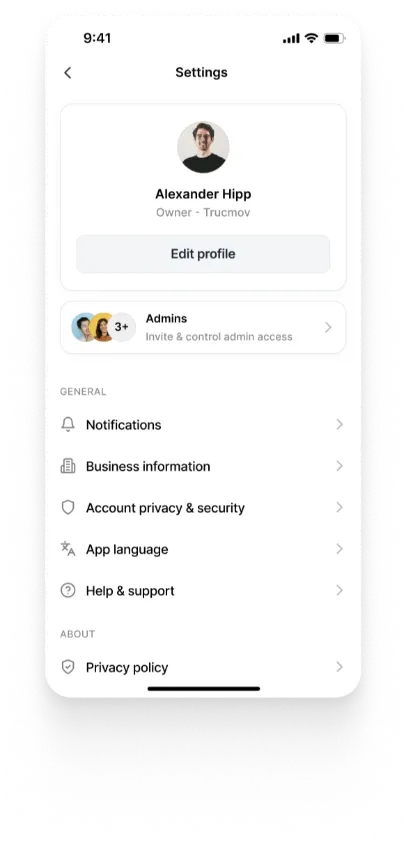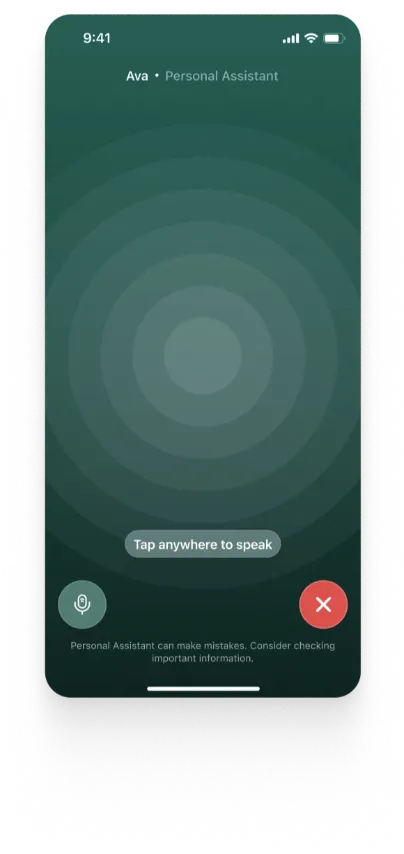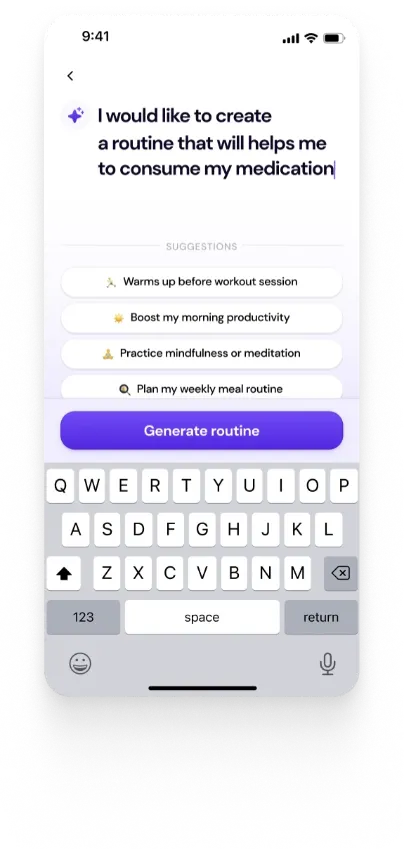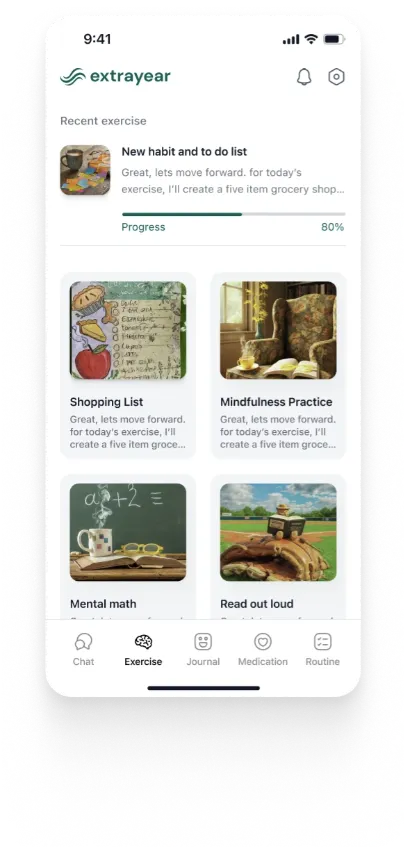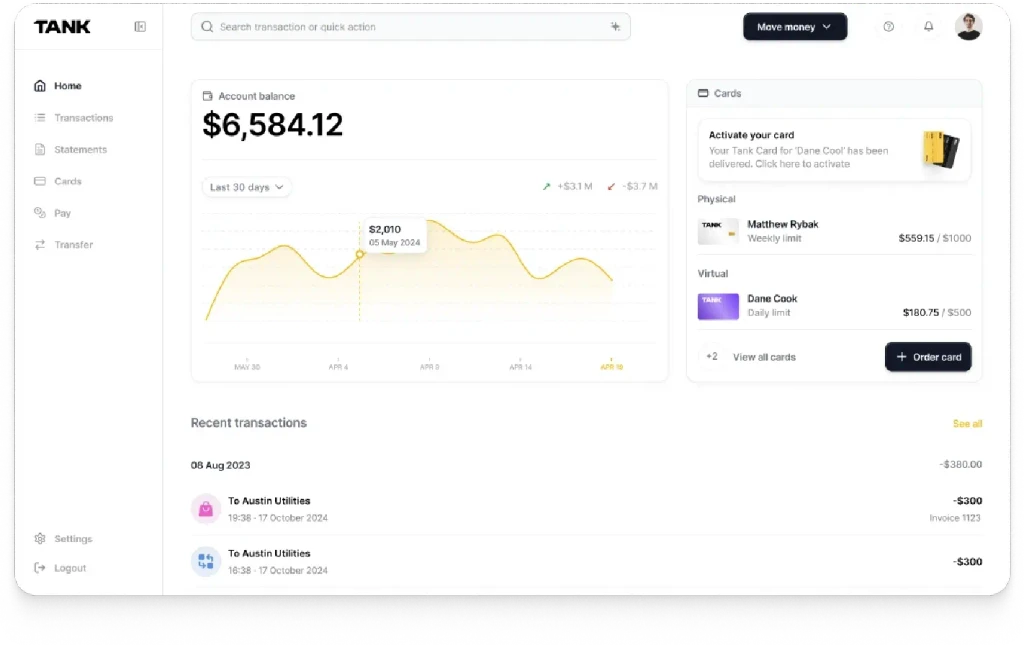What is Claude and How Does It Compare to ChatGPT?
Summary
Claude by Anthropic and ChatGPT by OpenAI are standout AI models with unique applications. Claude excels in multimodal analysis, high-speed data processing, and safety, making it ideal for secure, data-intensive environments. It features advanced security certifications and low hallucination rates, enhancing its reliability for sensitive applications.
Key insights:
Claude offers advanced safety features, certifications, and multimodal capabilities, suitable for secure, data-heavy tasks.
It excels in environments requiring integration of text and visual data, such as educational applications.
ChatGPT is better suited for tasks involving audio, image content creation, and broad multilingual support.
ChatGPT's conversational abilities make it ideal for interactive applications like virtual assistants and storytelling.
Both models serve distinct purposes, with Claude focusing on security and data handling, and ChatGPT on content creation and language versatility.
Introduction
With AI models rapidly evolving, two models stand out for their innovative approach and use-cases: Claude by Anthropic and ChatGPT by OpenAI. Anthropic’s aim is to research AI and safety techniques that make systems more reliable, leading to the launch of Claude. This article aims to understand Claude, its features, capabilities, and the use cases where it excels over ChatGPT, and vice versa.
What is Claude?
Claude is a multi-modal AI model, which means that it can understand and generate responses across different types of data inputs. Three models are offered under the latest Claude 3 release: Claude 3 Haiku, Claude 3 Sonnet, and Claude 3 Opus (ascending order of performance). Some of the key features that set Claude AI apart are:
Safety and Reliability: Claude has certifications like SOC II Type 2 and options for HIPAA compliance. It is designed with safety in mind, leading to a model that is 10x more resistant to jailbreaks and misuse. In addition to this, Claude offers copyright indemnity protections for paid commercial services.
Capabilities: Being multi-modal, Claude can transcribe and analyze static images, including handwritten notes and graphs. It is also multilingual, and thus can offer translation and language learning support for languages like Spanish, Japanese, and French. The Claude 3 models have quick response times and large context windows of 200K, surpassing the context window sizes of OpenAI's LLMs.
Performance: Claude 3 models have been highlighted for their ability to handle complex tasks with high accuracy and very low hallucination rates. They are particularly quick in use-cases requiring analysis of large volumes of data, showcasing near-perfect recall in tests designed to measure the model's precision in finding specific information within large datasets.
Use Cases Better Suited for Claude
Multimodal Analysis and Transcription: Claude's ability to transcribe and analyze static images, such as handwritten notes, graphs, or photographs, makes it a superior choice for applications requiring the integration of text and visual information. Industries like education where the conversion of handwritten lecture notes to digital format is valuable would benefit significantly from Claude's capabilities.
High-Speed Analysis and Auto-Completion: Claude 3 Haiku's ability to quickly process large documents like research papers makes it ideal for research and academic settings. This speed along with Claude's large context window ensures better efficiency in live customer chats and auto-completion tasks.
Enhanced Safety and Reliability: With features like enterprise-grade security, SOC II Type 2 certification, and HIPAA compliance options, Claude is specifically designed for industries where data handling and security are important. Its resistance to misuse and low hallucination rates also make it a reliable choice for applications that require high accuracy.
Use Cases Better Suited for ChatGPT
Audio Analysis and Image Generation: GPT-4's ability to analyze audio inputs and generate images makes it better suited for use cases involving content creation and audio transcription. The entertainment, marketing, and education industries where engaging content is required, ChatGPT is a better choice over Claude.
Broader Language Support: ChatGPT's support for a wider array of languages than Claude makes it a better option for applications requiring multilingual capabilities. The broad language support enables ChatGPT to interact with a more diverse audience, making it the better model platforms and applications seeking to maximize their reach.
Advanced Conversational Capabilities: ChatGPT excels in interacting with humans in natural language. This makes it useful for applications that require human interaction. For example, virtual assistants, and interactive storytelling applications can benefit more from ChatGPT’s offerings than Claude.
Conclusion
Claude AI and ChatGPT both have unique strengths that make one more useful than the other in specific applications. With a release date in March, 2023, Claude is a promising AI model that continues to evolve over time, offering solutions to various problems. As these AI models continue to develop, they promise to unlock new potentials across various industries.
Authors
References
https://www.anthropic.com/news/claude-3-family
https://www.anthropic.com/claude
https://towardsdatascience.com/the-needle-in-a-haystack-test-a94974c1ad38
https://tech.co/news/chatgpt-vs-claude-3












